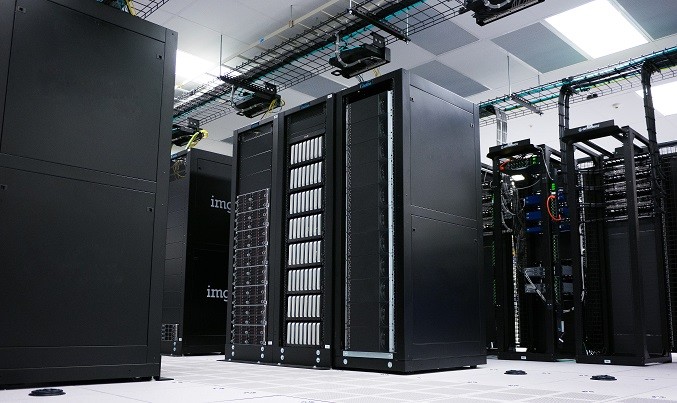In our Sattva column, Sulagna Datta lists how ed-tech in under-resourced communities differs from typical market-based products, and argues for thoughtful design and customization of those products.
Education Technology or ed-tech is a buzz word in the Indian impact space today. The supply side is inundated with products that can be categorized in a multitude of ways: Subjects, target age group, in school/out of school, etc. A survey by Tracxn Research, India’s leading data aggregation and analytics platform, estimates that there are 4574 ed-tech products in India today, and around 17,000 products globally.
Schools and colleges across the country are using these products for a multitude of reasons: improving scores in specific subjects, preparing for competitive exams, and practising for job interviews.
Sattva has done extensive research and landscaping of the ed-tech space in India, with the primary purpose of mapping available solutions to government schools and colleges. Analysis has been done through various lenses including, but not limited to, in-school learning/at-home learning, subject specific products, target audience (K-6/8/12, adults, etc.).
Working with and studying Education technology programs for the bottom of the pyramid, we’ve noticed that one size does not fit all, and market solutions often lack what it takes to succeed in the development space.
1/ The number of ed-tech products in the market that are actually built keeping the bottom of the pyramid in mind is shockingly low.
From a Sattva research, out of 566 school products catering to Hindi and Math, only 19% had either already partnered with or shown interest in working with government schools. This means a staggering 81% of products were meant for the private school context.
When products are built keeping private schools in mind, their data and infrastructure requirements are higher, and more often than not, their content is not easily grasped by students in government schools. Implementation teams have the onerous task of spending time to customize these products for the BoP context.
2/ Schools may not even be able to fully utilize products meant for the BoP context.
Implementers need to be prepared that basic infrastructure varies drastically across government schools even in peri-urban areas in Bangalore and Delhi.
The biggest advantage of education technology over traditional pedagogical methods is the creation of personalized learning paths for students. For this, the ideal device to student ratio is 1:1, and almost all products are built keeping this ratio in mind. However, this fails in an Indian government school set-up. Even in schools that have labs, the device ratio is seldom 1:1, hampering engagement and consequently, learning outcomes.
Most products are also designed with practice modules to be completed at home. However, most children in government schools don’t own devices at home, and are not able to complete most of the intended self-learning. Additionally, another constraint in the government school context is access to the internet. Since the maintenance budget of government schools in India typically goes toward physical infrastructure like buildings, covering bills like the internet becomes cumbersome and is ignored, leading to further interruption of technology-based learning.
3/ BoP college youth, by and large, own smart phones, but they are extremely data conscious.
In our study, we found that while 90% of BoP college youth owned smart phones, they tend to delete any application/product that takes more than 20 MB of space.
While choosing products for the vocational context, practitioners have to be very conscious of the product they recommend. From a pilot to learn English[1] for interviews using five mobile apps, two apps stood out in performance, because:
i/ They functioned fully offline. After the initial download, they didn’t require any data to run.
ii/ They were between 15-20 MB in size.
iii/ They were available across all platforms: Android, Jio, etc.
The other three failed on at least one of the above parameters.
4/ There is a clear set of features that makes an app more successful than another.
From qualitative interviews with about 2000 college students across India, we found the following:
- Leaderboards were a clear favourite with students. They were motivated to use apps when they could see their peers use it. They liked to see where they stood in their comparable cohort.
- Apps that had short modules and progress bars/gamification were favoured. Students used it like a game to finish the stipulated target defined by the product for the day.
- For a pan-India context, the app that was most successful had an 18-language interface. Students preferred to learn in their vernacular language.
5/ The optimum learning time on an ed-tech product is about 20 minutes a day.
A critical element to keep in mind while designing an ed-tech initiative is to set a daily target for content consumption. Apps that stipulated more than half an hour a day saw declining engagement and drop-outs. A 15-20 minute engagement/day was seen in about 80% students who completed the entire course.
While private enterprise products are pushed to the BoP context without considering its nuances, the learning experience is less than optimum, and that typically discourages the learner, further jeopardizing the quality of education. It’s important to address this demographic thoughtfully, with an eye on specific needs and access.
(Note: Government schools, in this context, refers to schools that are funded and run by the government in India.)
Sulagna Datta is an engagement manager with the Corporate Social Responsibility (CSR) team in Sattva Consulting. She manages corporate clients in the South and leads large scale implementation of projects with a focus on education technology and grantee management. Prior to Sattva, Sulagna was an investment research analyst at Goldman Sachs, in the automotive sector.











